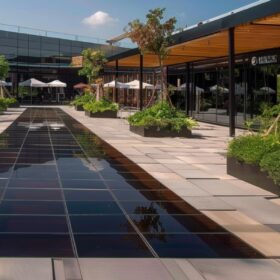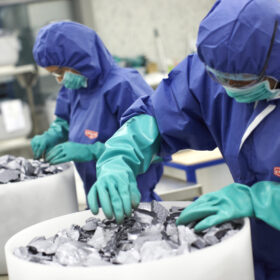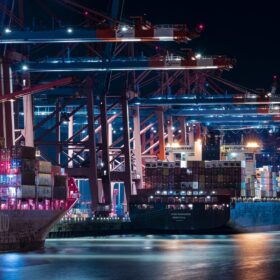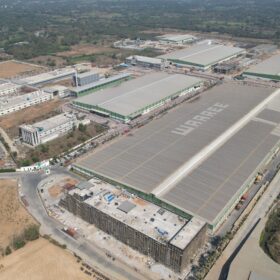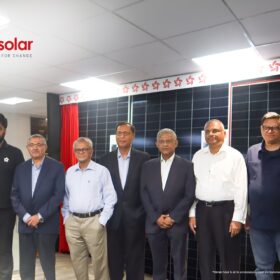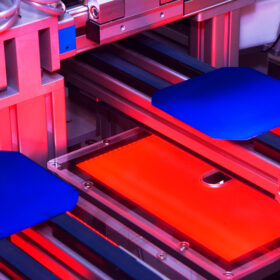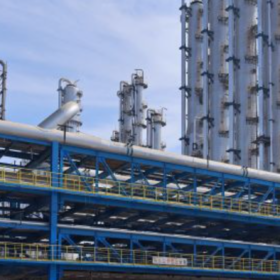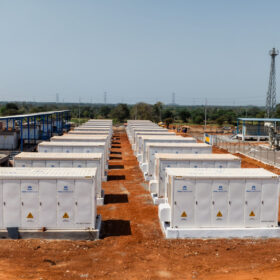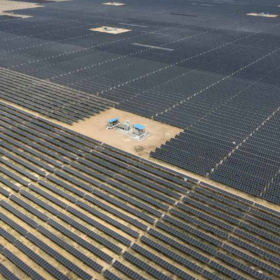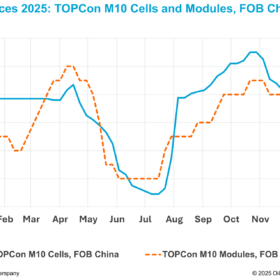Solar PV flooring for residential, commercial use
Turkey-based Ankara Solar Energy launched its own brand of walkable PV flooring for residential and commercial projects. Its 30 W and 120 W square panels with anti-slip glass front covers are sold with a supportive pedestal system, and are now available for the European and U.S. markets.
U.S. module manufacturers seek “critical” retroactive tariffs
Led by First Solar and Hanwha Q Cells, U.S. solar module manufacturers have filed allegations with the Commerce Department, citing “critical circumstances” and suggesting increased module imports due to their previous lawsuit filings.
Tokuyama plans polysilicon factory in Vietnam
Japan’s Tokuyama says it will build a new polysilicon manufacturing facility in an industrial park in Ba Ria-Vung Tau province, Vietnam.
Heliene to procure U.S.-made solar wafers from NorSun
The NorSun wafers will be supplied from the company’s planned 5 GW wafer factory in Tulsa, Oklahoma.
BT Imaging to supply PL imaging tool for 1.5 GW TOPCon solar cell line in India
Australia’s BT Imaging will supply its advanced photoluminescence (PL) imaging tool, LIS R3, for Emmvee’s 1.5 GW TOPCon solar cell manufacturing facility in India.
KAUST reveals details of 33.7%-efficient perovskite-silicon tandem solar cell
In a new scientific paper, researchers from the King Abdullah University of Science and Technology (KAUST) in Saudi Arabia presented the 33.7%-efficient perovskite-silicon tandem solar cell announced in May last year. They explained the device is based on a perovskite additive known as tetrahydrotriazinium that reportedly enhances the phase stability of the perovskite film under heat and light conditions.
US tariffs on solar cells remain, volume increases
The administration of US Presiden Joe Biden has issued a proclamation stating that the tariff rate quota of 14.25% on solar cells will remain, but the volume will increase from 5 GW to 12.5 GW.
Waaree Energies secures 90 MW solar module contract for Juniper Green’s Bikaner project
Waaree Energies will supply 90 MW of its 540Wp/545Wp dual-glass modules for Juniper Green’s project in the Bikaner district of Rajasthan.
Vikram Solar unveils 20-busbar bifacial heterojunction module
Vikram Solar has unveiled the Suryava bifacial heterojunction (HJT) module with efficiency level exceeding 23%. The module is built with 20-busbar, G12 solar cells.
Near $1 billion solar cell factory announced in New Mexico
Ebon Solar will invest $942 million in a solar cell manufacturing facility, bringing over 900 jobs.
